Cosmos is a pioneering Layer 1 Blockchain pursuing the Internet of Blockchain mission – building an independent but closely linked blockchain network that is relatively successful. It has been 4 years since the mainnet in March 2019, the Cosmos ecosystem has still been growing strongly with impressive statistics even during downtrend times. In today’s article, we will find out 4 reasons Cosmos is the perfect choice for building new blockchains.
To understand more about this Cosmos, people can refer to some of the articles below:
- What is Layer 0? Overview of Layer 0 Platforms in the Crypto Market
- What is Cosmos (ATOM)? Cosmos Cryptocurrency Overview
- What is Inter Blockchain Communication (IBC)? Cosmos’s Core Power
- What Are Hubs and Zones? Hub & Zone Operation Mechanism on Cosmos
Cosmos Ecosystem Survives Downtrend
Cosmos is built on the Tendermint consensus algorithm, ensuring high safety while maintaining a low latency network. This allows Cosmos to process thousands of transactions per second, making it suitable for a variety of applications, from decentralized exchanges to gaming and DeFi.
One of the highlights of Cosmos is its ability to connect multiple independent blockchains into a consistent ecosystem, allowing for the seamless transmission of value and data between blockchains. This is achieved through the use of the inter-chain communication (IBC) protocol, which allows blockchains to communicate with each other and exchange data and tokens.
Cosmos in particular and other “Internet of Blockchains” like Polkadot or Avalanche grew and created the appchain trend in the cycle before Ethereum’s scalability became the keypoint for any new L1 to exploit at that time. . But in the second quarter of 2022, the collapse of Terra Luna (project in the Cosmos ecosystem) ended the exciting summer and brought Crypto into the winter followed by crises from 3AC, FTX or Genesis, Cosmos of the same generation. The L1 project launched at the same time has quieted down, however, the Cosmos ecosystem is still constantly growing in both quantity and quality.
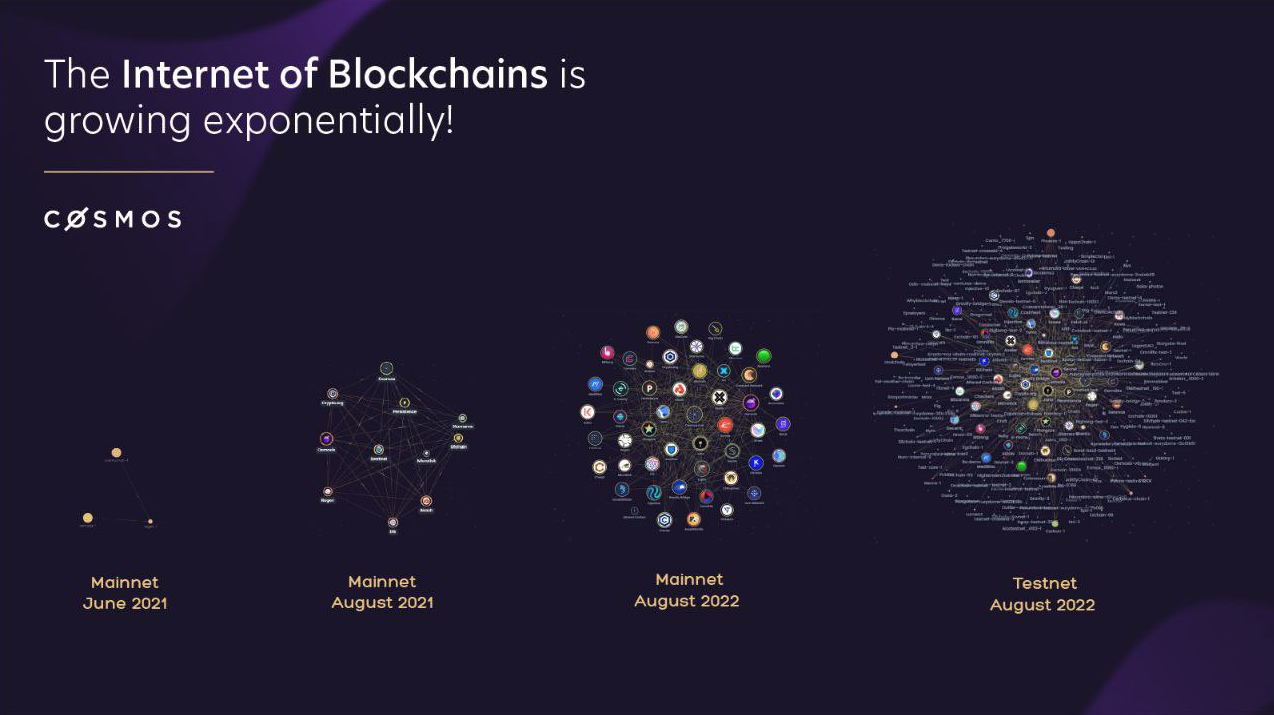
Not as loud in the media as newly launched L1s or as hot in the market as L2 tokens. Cosmos is quietly improving its infrastructure and increasing the number of new Blockchain members in its ecosystem. As of early Q3/2023, Cosmos is currently available 60+ blockchains have mainnet increased by 50% compared to Q2/2022 and when looking at Polkadot (a blockchain developed with the same philosophy) this number is 45 parachains. In addition, on Cosmos there are currently more than 258+ in the testnet process and promise to launch in 2023.
Similar to a Blockchain, we cannot conclude the value of the ecosystem solely from the number of active dApps. So let’s dig deeper to see the quality of some outstanding blockchains being developed on the Cosmos ecosystem.
dYdX
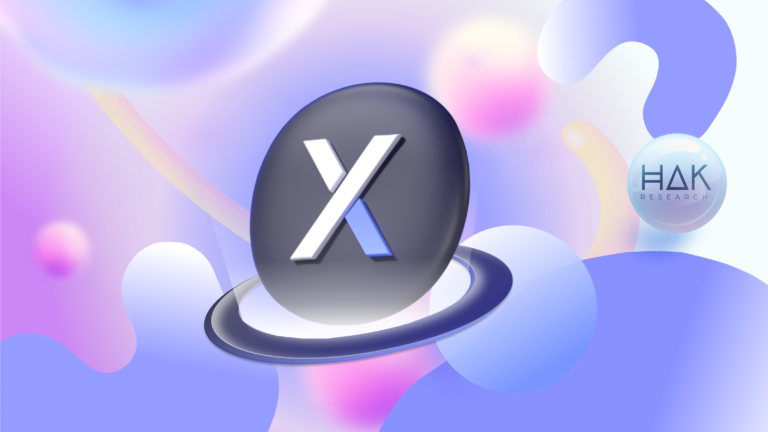
Since its launch, dYdX has become the leading Perp exchange with StarkNet’s StarkEx technology on Ethereum. At the end of 2022, the development team announced the transition of dYdX V4 to its own network, built on the Cosmos SDK and Tendermint Core consensus. This decision was driven by several factors:
Efficiency: Operating on a private blockchain built on Cosmos brings higher processing performance, consistent with dYdX’s orderbook (CLOB) structure.
Customization Ability: dYdX wanted better control over its technology. For example, the dYdX team decided to set up a separate verification system to process off-chain transactions, reducing network congestion.
Interact: StarkEx’s interaction on Ethereum is quite complicated, while the new dYdX Chain network can interact with more than 60 other projects/blockchains that support IBC smoothly.
Gas Fee: On Ethereum, users pay fees in ETH. In contrast, on Cosmos, the team decided to eliminate gas fees and collect transaction fees with their tokens, thereby accumulating value for the $DYDX token while also being able to easily build their own community.
As the first high-profile Ethereum project to transition, dYdX can be seen as a pioneer for other non-native Cosmos projects considering switching from dApps to a similar independent blockchain. This is extremely exciting, as it not only demonstrates dYdX’s confidence in Cosmos but could also be the flywheel that spurs others to follow, setting a direction for future projects.
Sei Network

Sei Network, a Layer-1 platform built on Cosmos, is optimized to serve the DeFi niche. The platform provides the infrastructure to build custom orderbooks with lightning-fast transaction speeds of 600ms and massive processing capacity of up to 22,000 transactions per second. For comparison, we can look at Solana which has a block time of 600-700ms with ~2,500 transactions per second.
In early 2023, Sei received a significant breakthrough when over 100 dApps launched on the platform, and Sushiswap, a leading decentralized exchange based on Ethereum, announced its expansion into infinite trading by acquiring Sei-based Vortex Protocol. This strategic move by Sushiswap marks a positive development for the ecosystem and allows for the optimization of a perp orderbook, which is said to be relatively difficult to solve on Ethereum due to network limitations.
Similar to dYdX, Sei is expected to help increase the number of users & attract new cash flow for the entire Cosmos ecosystem.
Noble
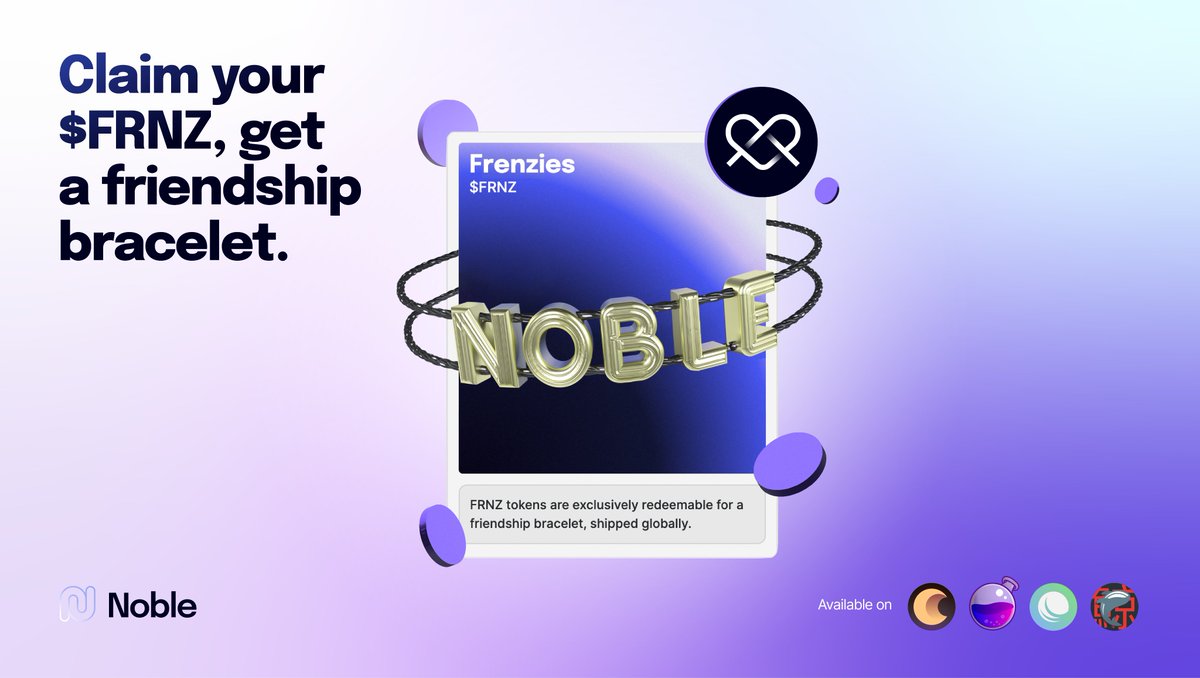
Cosmos will welcome Circle’s native USDC through Noble, this is an important milestone as Cosmos has never had a major native stablecoin support before. The stablecoins currently available on Cosmos are wrap stables such as axlUSDC and gravUSDC, although they have tried to perfect them, there are always inherent challenges such as liquidity fragmentation and unfriendly bridge risks for DeFi and users.
Native USDC will be deployed using Circle’s Cross-Chain Transfer protocol (CCTP), burning USDC on the source chain and then tokenizing them on the designated destination chain. This method is more efficient and secure than the lock-and-mark bridge design commonly used for wrapped tokens.
Currently, native USDC is only issued on 8 chains, making the decision to launch on Cosmos a testament to Circle’s trust and support of the Cosmos ecosystem. This partly reflects Circle’s expectations about the development of liquidity and the number of users joining Cosmos in the near future.
Aura Network
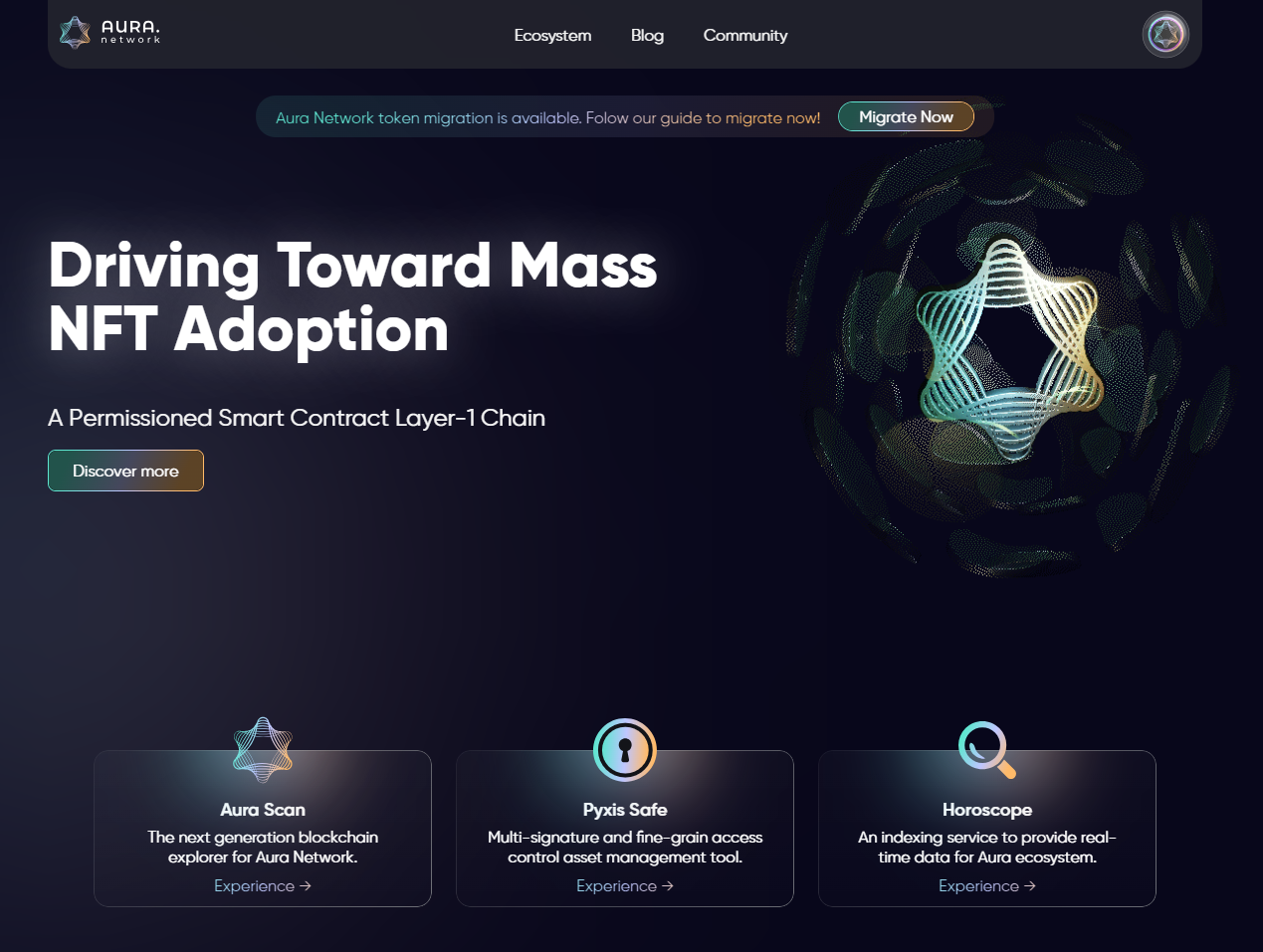
Aura Network is a Layer 1 Blockchain designed specifically for NFTs (NFT-Centric). Aura makes all NFT related applications like creation, trading, data collection, etc. systematic and user-friendly so that developers and users can come and use it. it easily.
Aura appears on this list as a demonstration of Cosmos’ vision when each blockchain can be optimized for a specific purpose with Aura as NFT.
Since its launch in March 2022, Aura has continuously impressed with its activity with an average of 617 commits per month on Github. In particular, recently, in July 2023, the number of dev committs on Aura was second only to Cosmos Hub.
1/9 @AuraNetworkHQ is now the 2nd most active Layer 1 in Cosmos by open-source developer activity, just behind Cosmos (#ATOM).
Since March 2022, Aura ponderously 617 monthly commits on Github, with a total of 9,867 commits over the past 16 months!
A brief thread belowpic.twitter.com/cdrhoOBLvuo
—
Cosmos Ecosystem
(@CosmosEcosystem) July 25, 2023
With the above indicators, Cosmos no longer seems to have to worry too much about the development of the NFTs niche for its ecosystem.
4 Reasons Cosmos Becomes the Choice for New Blockchain
Cosmos SDK – The perfect toolkit for building blockchain
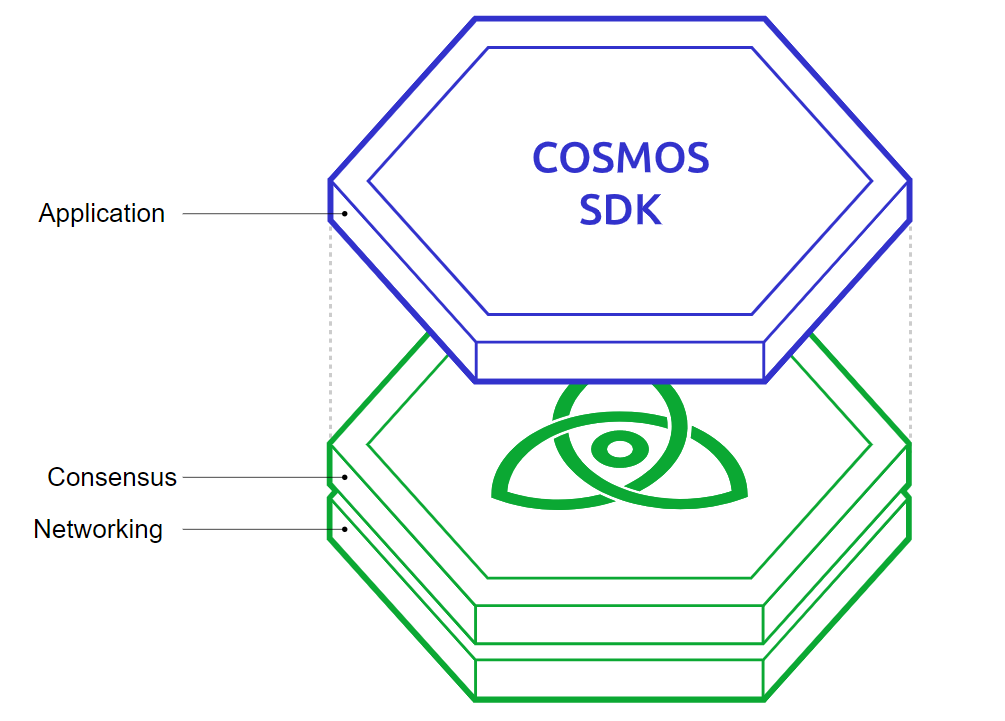
Cosmos SDK is an almost perfect toolkit that allows developers to build blockchain from scratch easily and quickly. With Cosmos SDK, developers can create a completely independent blockchain, with fast transaction processing speed while still ensuring interoperability and information exchange with other blockchains in the ecosystem. Most importantly, developers can customize and optimize their blockchain to suit their needs from DeFi, NFT to Gaming. Some advantages of the Cosmos SDK include:
- Consensus Tendermint: The SDK’s default consensus mechanism is Tendermint Core. Tendermint is the most popular BFT (Byzantine Fault Tolerance) consensus engine available. It is widely used throughout the industry and is considered the gold standard for Proof-of-Stake systems.
- Open Source and Flexible: The SDK is open source and designed to easily build blockchains using composable modules. As the SDK’s ecosystem of open source modules grows (with more developers contributing to the library) it will become easier to build complex decentralized platforms.
- Security: The SDK is inspired by the capabilities-based security platform. This makes the Cosmos SDK a very secure environment for building blockchains. Firewall system controls access and protects on-chain applications from malicious modules.
- Interactive abillity: Blockchains built with the Cosmos SDK can exchange tokens and value with other chains in Cosmos via the nominal IBC protocol.
Cosmos Ecosystem – The ecosystem is constantly developing
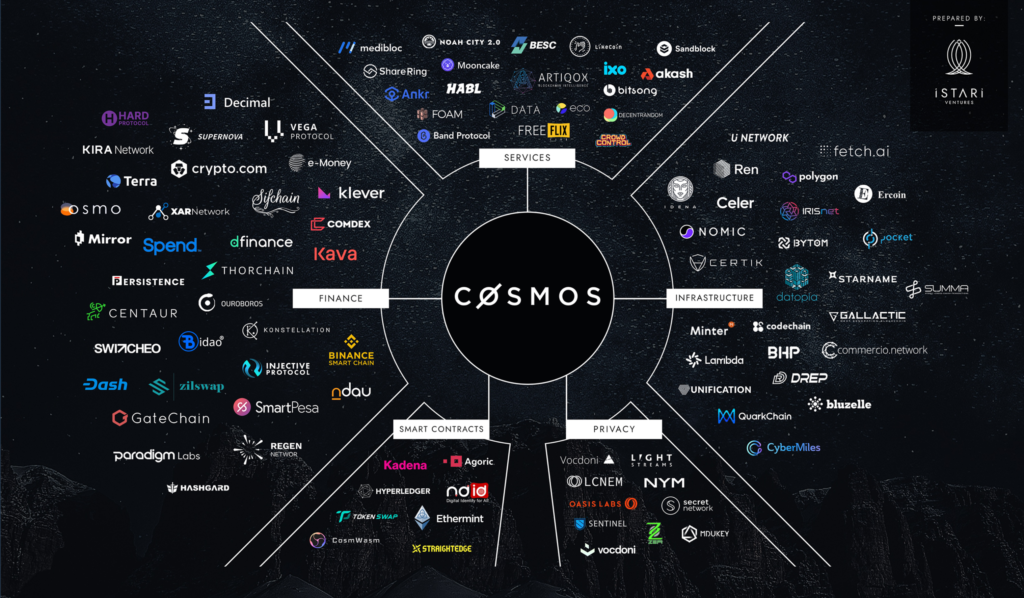
Cosmos’s ecosystem is growing relatively sustainably with many different pieces from Defi, Games, NFTs, infrastructure,… making it a colorful, fully responsive blockchain complex. user’s needs. In addition, sharing usage value also means sharing users & cash flow, thereby helping new blockchains adapt more easily from the first day of launch.
Furthermore, with the advantages of the IBC bridge along with new updates of Cosmos such as the launch of ICS (allows to launch blockchain without building a separate validator) or Interchain Account (interacts with Dapps on other Blockchains from the original chain) ,…making it easier for new blockchains to reach users (as long as they meet the needs) while minimizing initial infrastructure investment costs and increasing network security.
Cosmos Culture
Ethereum founder Vitalik Buterin once mentioned Cosmos in an interview with content such as: They are united people, focusing on their work and not paying attention to outside noise. That is also the culture inside Cosmos and also explains the success of this ecosystem.
Cosmos is a combination of 3 independent organizations that jointly build and contribute to the entire ecosystem. Not stopping there, even projects built in Cosmos like Aura Network also develop useful toolsets for other devs to use. This spirit and culture is one that implicitly and strongly drives overall development throughout the entire ecosystem.
Independence
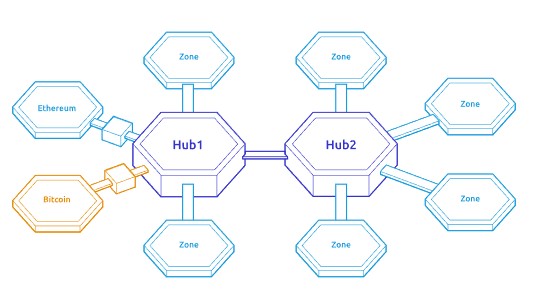
Blockchain built on Cosmos, although capable of linking with many other blockchains in the system, is still the one who decides on this connection. The blockchains on Cosmos are even completely independent of the Cosmos Hub. This seems to be impossible with Polkadot and parachains (you need $DOT to auction the slot).
This is the key point that helps Cosmos attract Web 2 companies to convert to their own blockchain without having to worry about influences from other external factors such as Terra.
Conclude
The above is 4 reasons Cosmos is the optimal choice to build a new Blockchainin addition to the above main reasons, there are also many secondary reasons such as support from cosmos hub, relationships with Delphi and many large funds,… but all in all at the present time, with the need to build its own blockchain To serve certain needs, Cosmos is always an optimal choice in terms of cost and time for developers.


